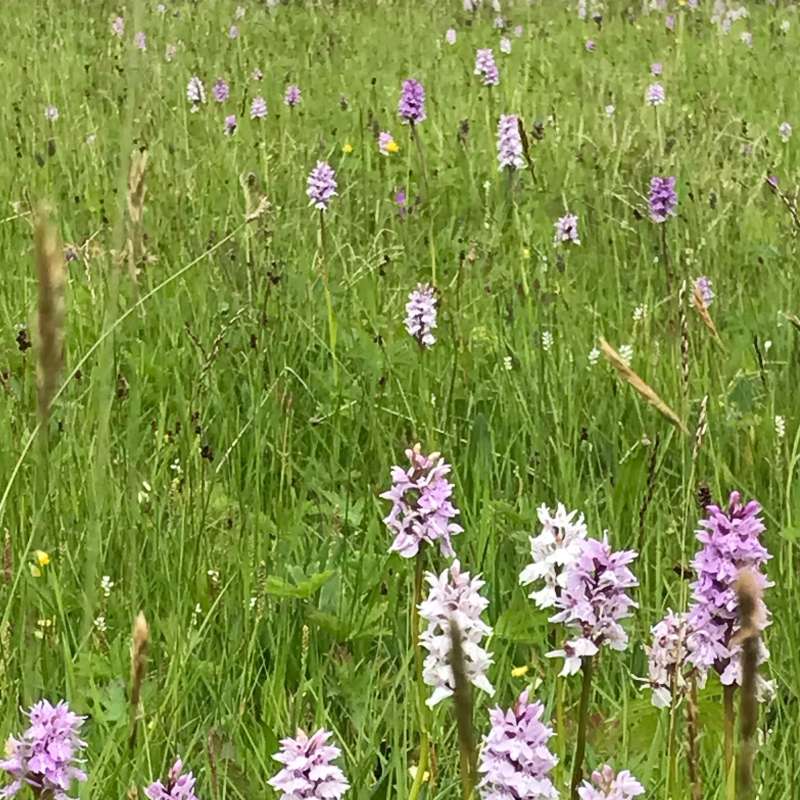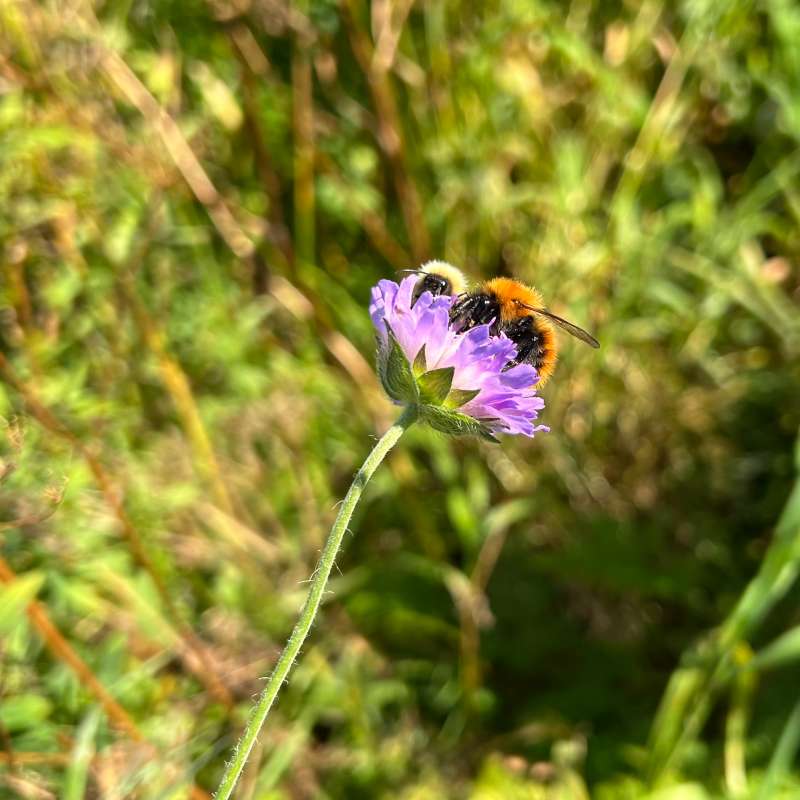Line Johansen
Forsker
(+47) 908 47 904
line.johansen@nibio.no
Sted
Trondheim
Besøksadresse
Klæbuveien 153, bygg C 1.etasje, 7030 Trondheim
Biografi
Jeg er planteøkolog med ekspertise innen biologisk mangfold, økosystem funksjoner, økosystem tjenester og skjøtsel av semi-naturlige naturtyper.
Jeg jobber med sammenhenger mellom matproduksjon og biologisk mangfold, effekter av arealendringer i kulturlandskapet, naturrestaurering, leveområder for pollinatorer, arealforvaltning, overvåking av semi-naturlig eng og deltar i utvikling av nasjonale kunnskapsbaserte verktøy og rammeverk for naturforvaltningen.
Forfattere
Anders Lorentzen Kolstad Joachim Paul Töpper Marianne Evju Line Johansen Magni Olsen Kyrkjeeide Anders Lyngstad Jan Ketil Rød Lise Tingstad Liv Guri VelleSammendrag
Det er ikke registrert sammendrag
Sammendrag
Det er ikke registrert sammendrag
Sammendrag
The 2025 update of the Norwegian Red List shows that coastal heathlands remain threatened. Key ongoing threats include abandonment of traditional land use and development of the areas. Recently compiled statistics from habitat mapping provide insights into the ecological condition of the heathlands. The data reveal that more than half of the remaining coastal heathland areas lack active management, putting them at risk of encroachment in the coming years. Moreover, data show that the proportion of areas in the late successional phase is surprisingly low, just over ten percent, despite widespread degradation due to encroachment. This suggests that degraded coastal heathlands are difficult to identify and are likely being misclassified as other habitat types, such as forest. To help field surveyors avoid misidentification, a map illustrating the potential distribution of coastal heathlands in Norway has been developed, along with clear inclusion and exclusion principles. The map extends the previously known northern range of heathlands and reaches south eastward toward heathland areas in Sweden. Norway currently lacks representative monitoring of coastal heathland, as existing programs miss rare habitats. It is therefore a welcome step that the Norwegian Environment Agency now proposes the development of a dedicated monitoring program.

Divisjon for matproduksjon og samfunn
RESTORE: Restaurering av økosystemfunksjoner og biodiversitet i semi-naturlige naturtyper under sterkt arealpress
I RESTORE skal vi utvikle nye løsninger for restaurering av semi-naturlige natur som er i fare for tap og forringelse på grunn av endringer i arealbruk. Resultatene skal gi grunnlag for en bedre ivaretagelse av det biologiske mangfoldet og de økologiske funksjonene som finnes i semi-naturlig natur.

Divisjon for matproduksjon og samfunn
WINGS - Pollinatorvennlige kulturlandskap: Løsninger for forvaltning av leveområder under press
Pollinatorene er truet. Dette får konsekvenser både for det biologiske mangfoldet og matsikkerheten vår. I WINGS skal vi utvikle løsninger for å etablere mer pollinatorvennlige kulturlandskap.
